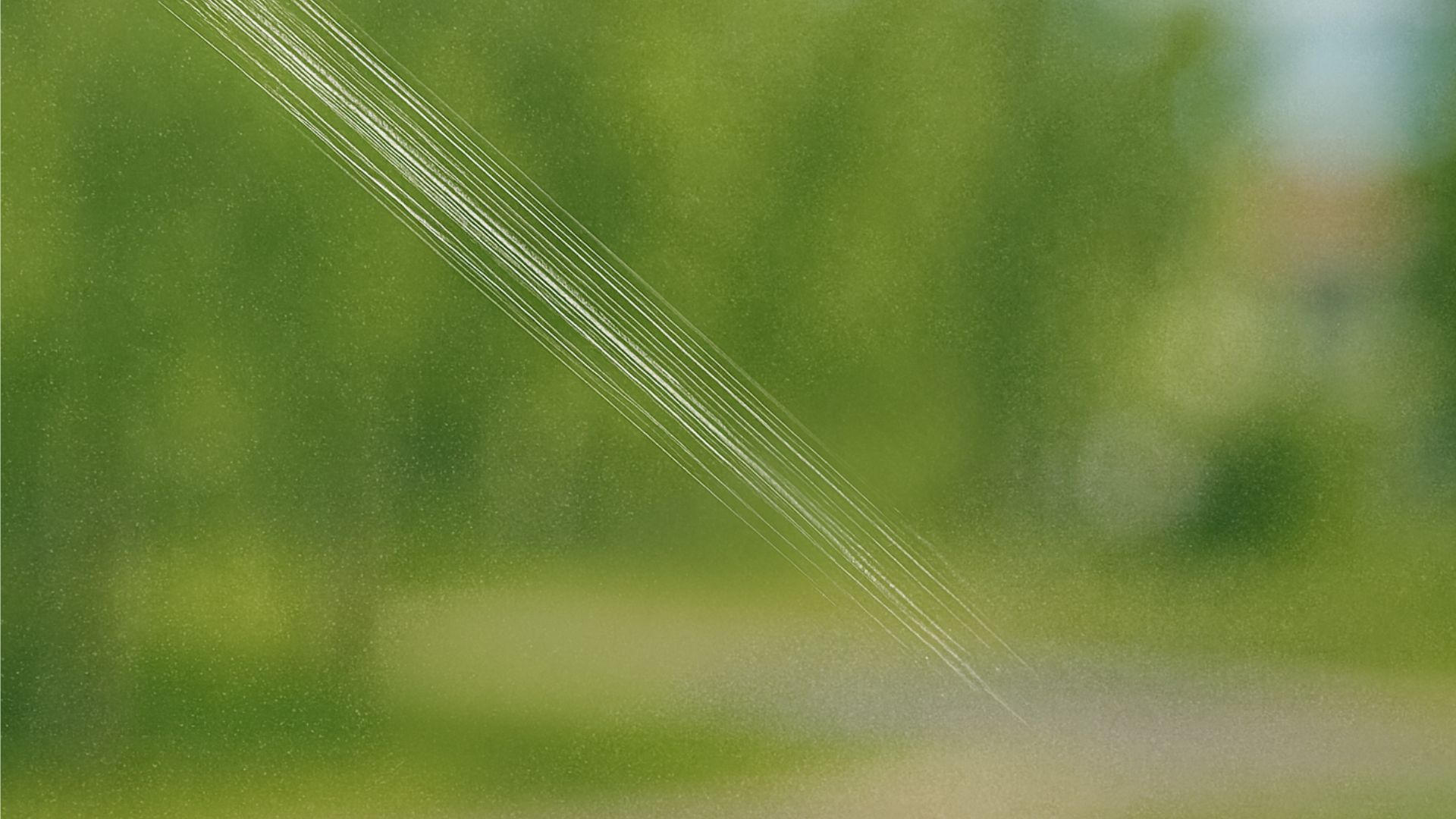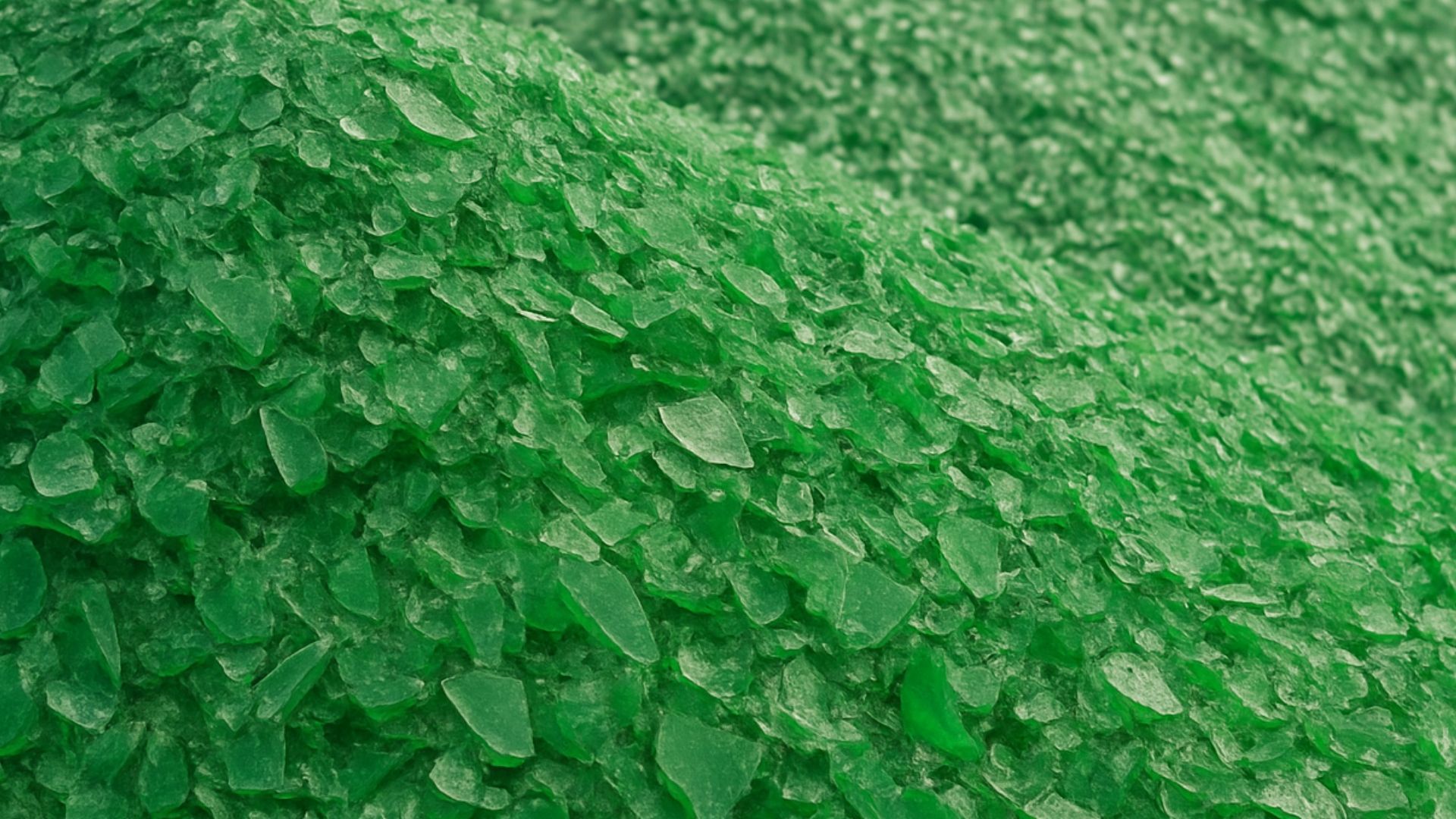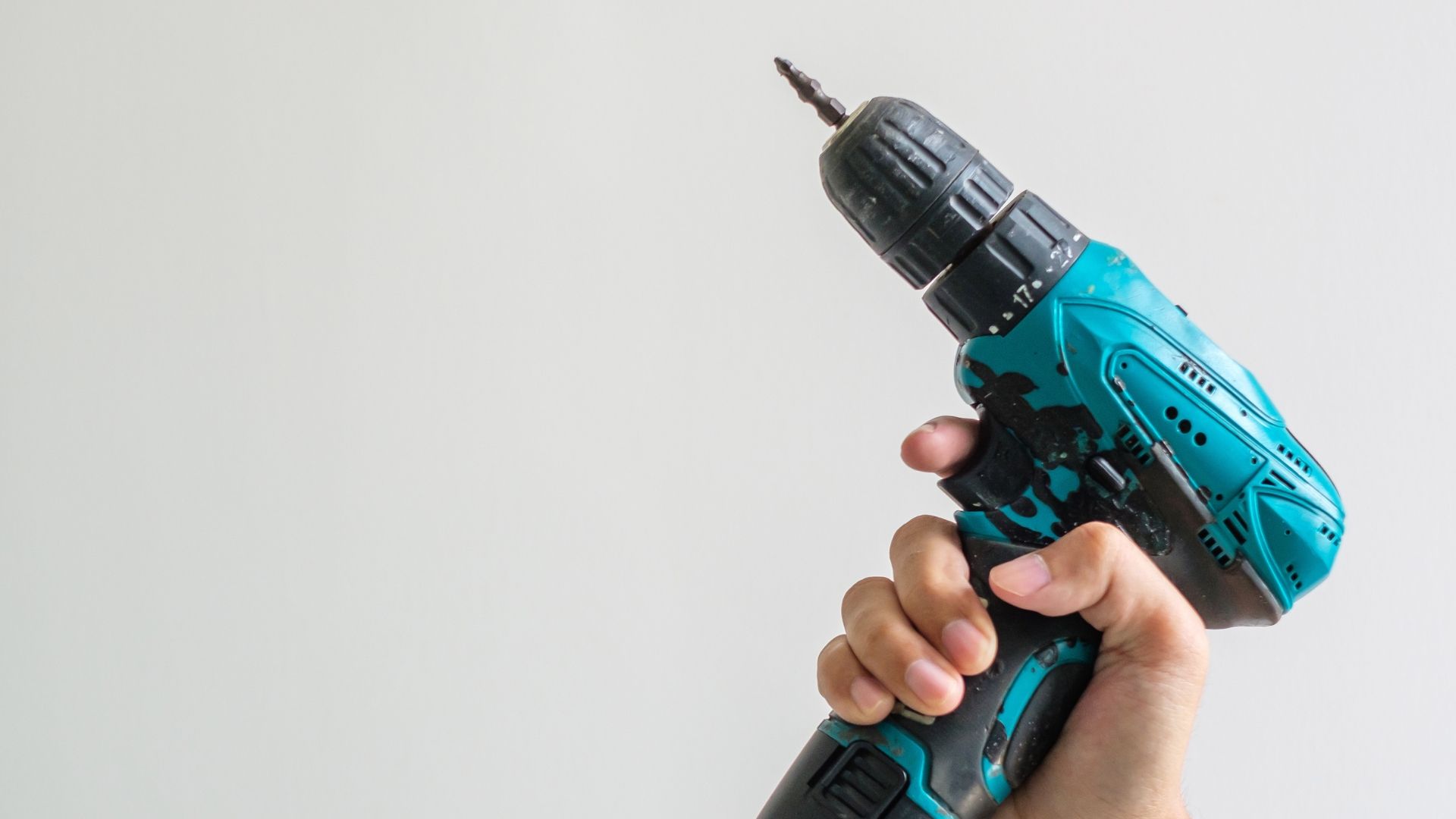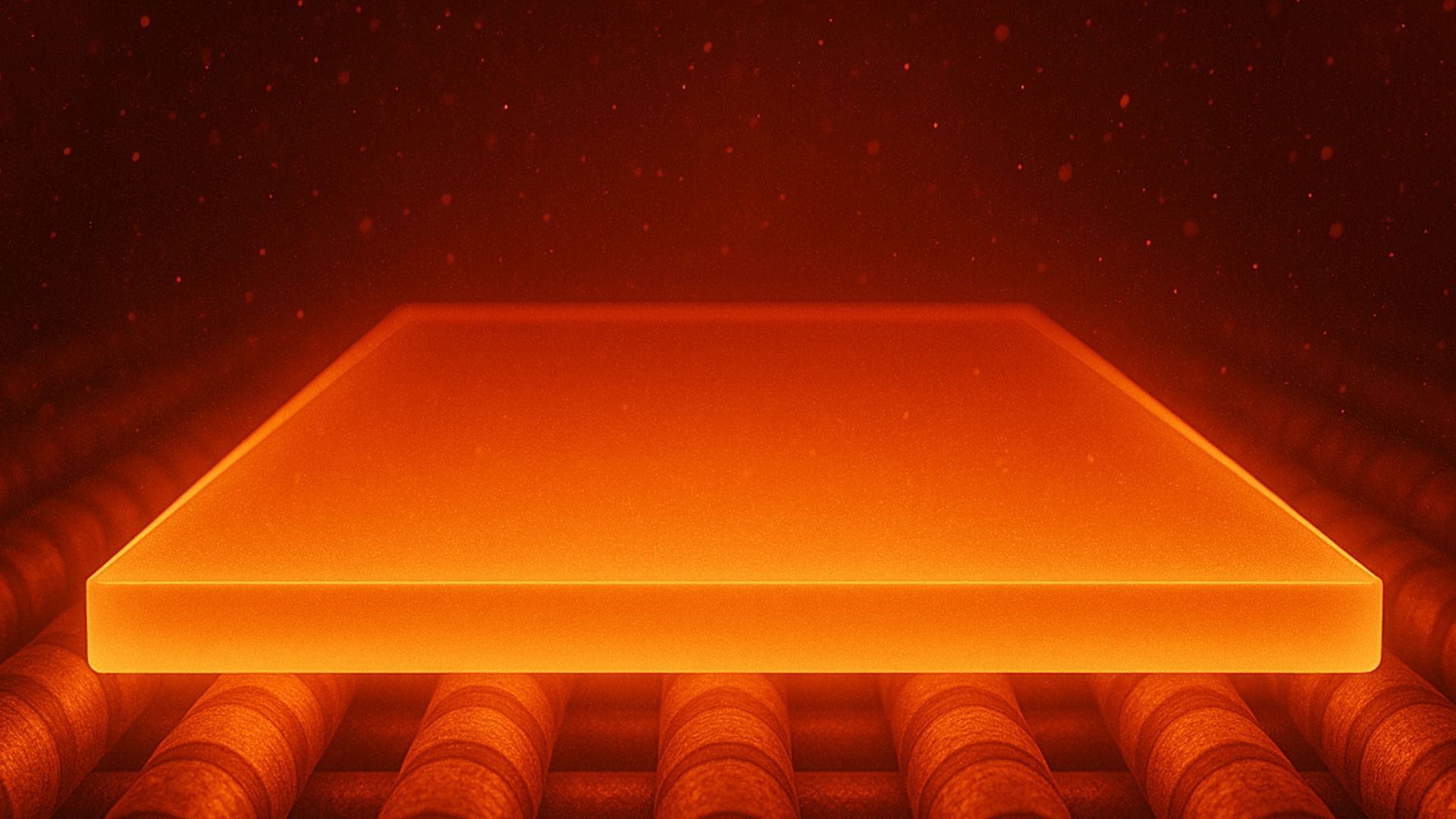How to tell if glass is tempered
Share this blog:
Tempered glass has many advantages over other kinds of glass. But how can you tell the difference?
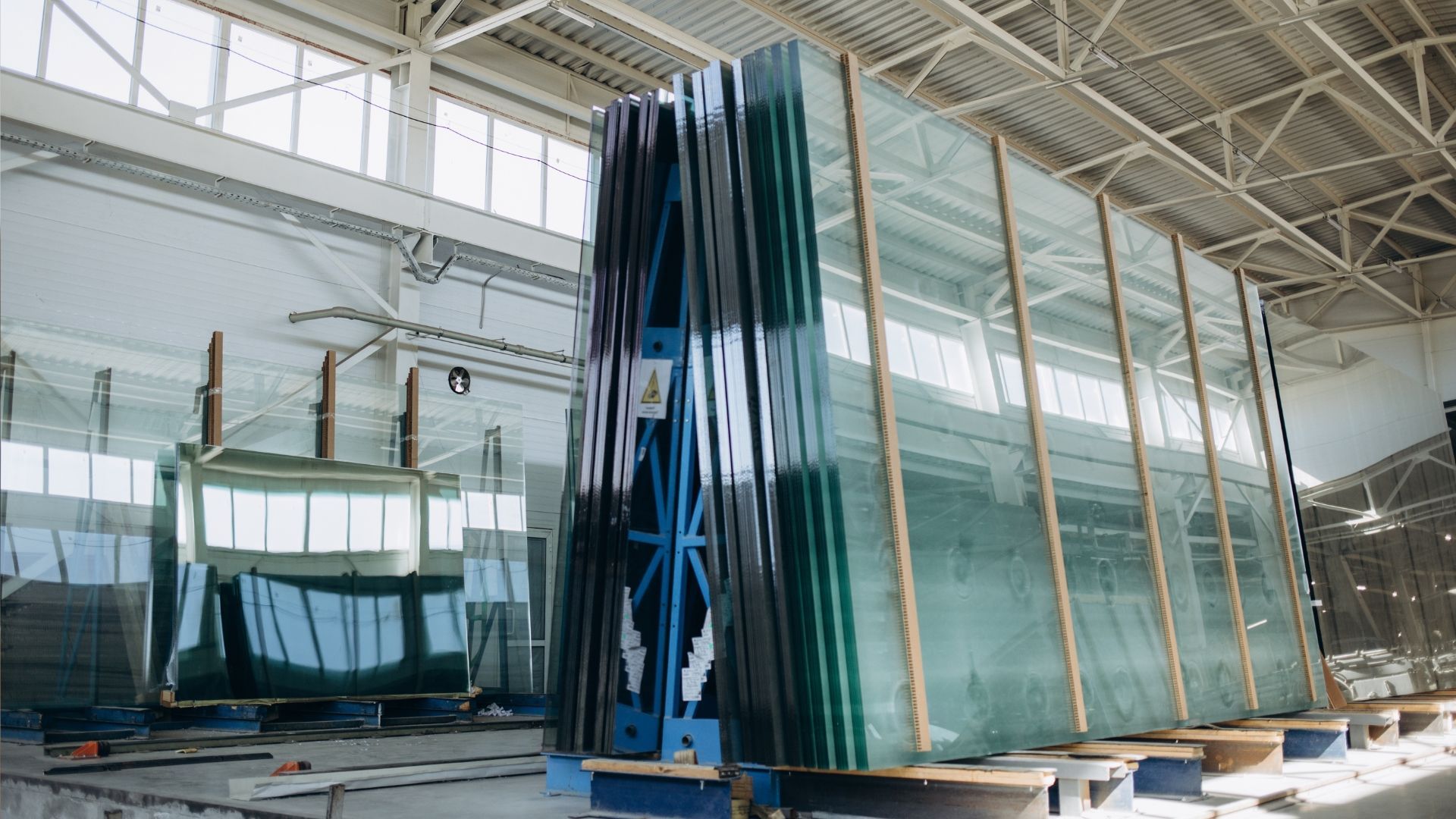
Tempered glass – also known as "toughened glass" – is a type of safety glass with many use cases. From car windscreens to shower doors, from facades to splashbacks, it provides durability in spades.
In these contexts, the case for tempered glass pretty much makes itself. It lasts longer, withstands more and breaks more safely than its annealed or float counterparts.
It's not, however, a type of glass that visibly announces itself. Whereas glass products like frosted glass or
sandblasted glass can be identified as such in seconds, toughened glass is harder to spot.
To the untrained eye, in fact, it looks like, well, a sheet of glass. But for those in the know, there are plenty of ways to identify it. Here are 10 methods you can use to tell if glass is toughened.
1. Look for markings
As a type of safety glass, toughened glass is there to provide extra safety and protection to passersby and building occupants. In some situations – "critical locations", as they're known – it has to be used.
Because of this, fabricators are legally required to label toughened glass. The markings you're looking for will be faintly printed or carved in one of the corners.
This marking, also known as a "tempered bug", will show the manufacturer's name and a certification label or logo. This lets you know it meets the relevant standards for safety glass in your country.
Over time, however, this bug can fade – so don't take the lack of a label as proof the glass
isn't tempered. Use at least one other identification method to be sure.
2. Examine the corners
The corners of toughened glass tend to be smooth and slightly rounded, whereas other types of glass often have sharper, less finished edges.
This can often be identified just by looking – but it's also something you can identify by running your fingers (carefully) over the corners.
3. Look for strain patterns and roller waves
Toughened glass is produced at extreme temperatures in a furnace. One consequence of this process is that it often has imperfections – small warps and blemishes that don't affect its performance.

These byproducts are one sign that a piece of glass is toughened. Holding it up to the light, you might be able to see faint strain patterns through the glass.
You could also see roller waves. This is a faint wave pattern left by the rollers during the manufacturing process.
It's important to note that these blemishes don't affect the quality of the glass.
4. The polarised lens test
Polarised lenses or polarised sunglasses can reveal dark spots or lines that indicate the glass is toughened. These are strain patterns – harmless byproducts of the heat-strengthening process. You may need to rotate the lens to see them.
A similar test involves exposing the glass to ultraviolet (UV) light. If it's toughened, the glass will produce a distinctive fluorescent pattern. This is because the glass likely contains minerals and impurities that show up under UV light.
5. The tap test
Throughout history, glass has often been used for its musical properties. And in the case of toughened glass, the sound it produces when tapped with a coin, pen or other object can be a clue to its identity.
The toughening process makes the glass vibrate at a higher frequency. This means it has a ringing tone like a tuning fork, whereas non-toughened glass produces a dull thud.
6. The lighter test
Take a lighter and hold it next to a piece of glass. If you can see two flames, you're probably looking at a sheet of toughened glass.
This test will only work with plain toughened glass. If it's been frosted or otherwise treated, results will be less conclusive.
7. The heat resistance test (or the lighter test part two)
Toughened glass is tough. One sign of this is that it can withstand higher temperatures than its non-toughened counterparts.
One way to tell that a piece of glass is toughened is to (carefully!) hold a lighter to the glass for a few seconds. If the surface doesn't crack, it's probably toughened. Of course, if it
does crack, you're left with a damaged piece of glass – so think carefully before trying this one at home.
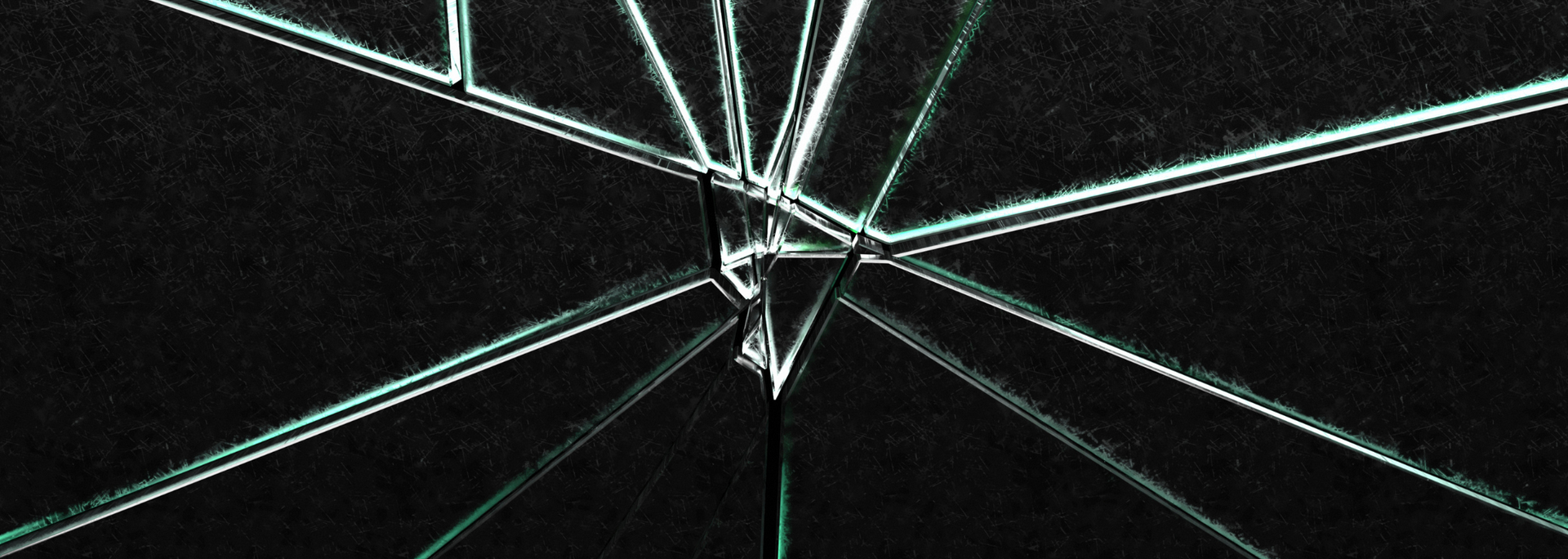
8. The scratch test
Like method number seven, this involves potentially damaging a piece of glass and so may not be advisable.
It works like this. Take a metal key and scratch the glass. A sheet of toughened glass will feel smooth under this pressure, whereas non-toughened glass will offer resistance.
9. Measure for thickness
Depending on its application, toughened glass can be thicker than standard glass. At ToughGlaze, for instance, we cut toughened glass from four millimetres to 19 millimetres.
This isn't always the case, however, so measuring the thickness only works as an identifier in conjunction with other tests.
10.
Smash
it or drill it (the breakage test)
By now, you've probably figured out if your piece of glass is toughened or not. But there's no more definitive test than seeing how it breaks.
Toughened glass, you see, has a distinctive breakage pattern. This is one reason why it's classified as a type of safety glass. Whereas annealed glass breaks into big chunks that can cause injury, toughened glass shatters into relatively harmless smithereens.
This is thanks to the manufacturing process. Glass is heated to around 650°C (1,200°F) and then rapidly blasted with cool air. This changes the molecular composition and the way the glass breaks.
Another consequence of this process is that toughened glass shatters instantly if you try to drill or cut it. This is why you need your glass to be cut or otherwise shaped
before it's toughened.
Of course, breaking a piece of glass to find out if it's toughened is a classic case of throwing the baby out with the bathwater. Far better to look for the fabricator's markings or rounded corners. But as tests go, it's pretty conclusive…
ToughGlaze is a UK glass processor with a global reputation for delivering quality products at scale. Do you need to
order tempered glass for a project? We can handle any volume and offer a wide range of processing options.
Get in touch today for a quick, competitive quote.
